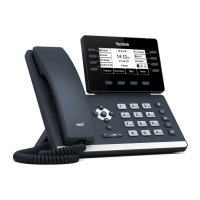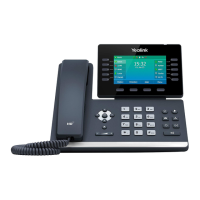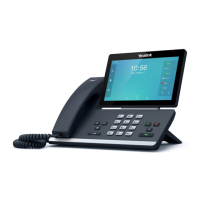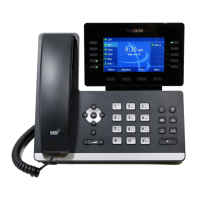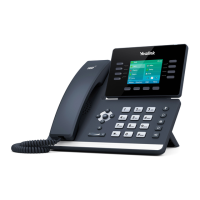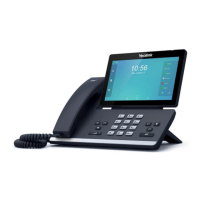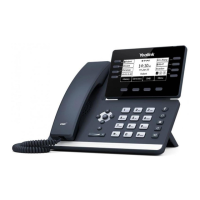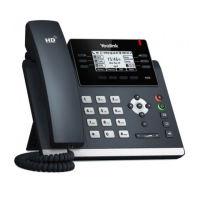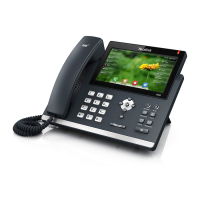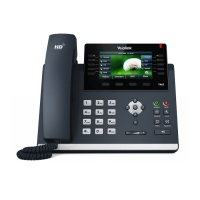Setting Up Your System
89
sends out Router Advertisement announcements onto the link. These announcements can
allow the on-link connected IP phone to configure itself with IPv6 address, as specified in
RFC 4862.
Stateful DHCPv6: The Dynamic Host Configuration Protocol for IPv6 (DHCPv6) has been
standardized by the IETF through RFC 3315. DHCPv6 enables DHCP servers to pass
configuration parameters such as IPv6 network addresses to IPv6 nodes. It offers the
capability of automatic allocation of reusable network addresses and additional
configuration flexibility. This protocol is a stateful counterpart to “IPv6 Stateless Address
Autoconfiguration” (RFC 2462), and can be used separately or concurrently with the latter
to obtain configuration parameters.
How the IP phone obtains the IPv6 address and network settings?
The following table lists where the IP phone obtains the IPv6 address and other network
settings:
How the IP phone obtains the IPv6 address and
network settings?
You have to manually configure the static IPv6 address and
other network settings.
The IP phone can obtain the IPv6 address via SLAAC, but the
other network settings must be configured manually.
The IP phone can obtain the IPv6 address and the other
network settings via DHCPv6.
The IP phone can obtain the IPv6 address via SLAAC and
obtain other network settings via DHCPv6.
Procedure
IPv6 can be configured using the following methods.
Central Provisioning
(Configuration File)
Configure the IPv6 address assignment
method.
Parameters:
static.network.ip_address_mode
static.network.ipv6_internet_port.type
static.network.ipv6_internet_port.ip
static.network.ipv6_prefix
static.network.ipv6_internet_port.gateway
static.network.ipv6_icmp_v6.enable
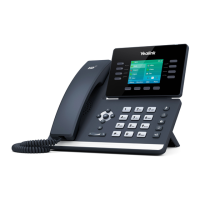
